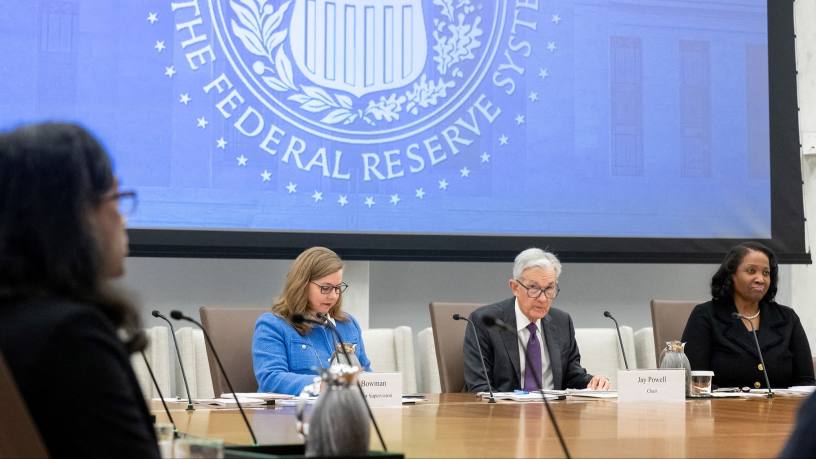Today’s need-to-know stories
Fed proposes rating overhaul to ease path for US bank M&A
The Federal Reserve has proposed changes to how it evaluates major US banks under its large financial institution rating framework, aiming to make it easier for them to qualify as “well managed” and therefore reduce barriers to mergers and acquisitions.
Under the current rating framework, introduced in 2018, banks are graded across capital, liquidity and governance. A single “deficient-1” rating in any of these categories prevents a bank from being considered “well managed”, triggering restrictions such as a ban on acquisitions.
The proposed changes would raise that threshold, requiring deficiencies across multiple categories or a more severe “deficient-2” rating to lose the designation.
Fed vice-chair for supervision Michelle Bowman said the revision addresses a “mismatch between ratings and overall firm condition” and would better reflect core financial risks.
However, in a separate statement, Fed governor Michael Barr — who opposed the proposals — warned it could weaken supervisory discipline.
“If we permit firms that have significant management weaknesses to acquire other firms, it would increase the likelihood and cost of their failure,” he said.
Under the current rules, 23 of 36 bank holding companies with assets exceeding $100bn are not classified as “well managed”. The proposed changes would result in an improved rating for eight of those firms.
India weighs landmark banking reforms to fuel economic growth
Indian authorities are considering a series of regulatory reforms aimed at expanding the country’s banking sector to support the country’s long-term economic expansion plans, according to a Bloomberg report citing sources familiar with the matter.
Officials from the finance ministry and the Reserve Bank of India are engaged in early discussions on a range of proposals, the sources said.
These include allowing large corporate groups to apply for banking licences — subject to ownership restrictions — to encourage non-bank financial firms to transition into full-service banks. The talks also cover the possibility of easing foreign investment rules into state-owned lenders.
The discussions are still at a preliminary stage, and no final decisions have been made, the report said.
The proposed reforms are in line with Prime Minister Narendra Modi’s goal to transform India into a developed economy by 2047.
According to Bloomberg, realising that vision, which involves increasing India’s GDP nearly tenfold to $30tn, would require bank credit to rise from 56 per cent of GDP to around 130 per cent.
India’s tightly regulated banking sector has not issued a new licence in almost a decade.
MUFG goes ‘on the offensive’ with securitisation expansion
Mitsubishi UFJ Financial Group plans to grow its global securitisation business, with a particular focus on North America, and will increase headcount in the division by around 25 per cent, a senior executive told Reuters in an interview.
The plans will expand the team from around 80 to more than 100 staff by early next fiscal year.
MUFG, Japan’s largest banking group by assets, is already active in securitised products backed by assets such as credit card receivables and car loans.
These instruments are typically highly liquid but also subject to intense competition, placing pressure on margins.
“It is the phase for us to go on the offensive,” said Fumitaka Nakahama, head of MUFG’s corporate and investment banking group.
“We are launching securitised products such as CLOs [collateralised loan obligations], targeting assets formed with project finance, especially data centres,” he said, noting that the division has strengthened its balance sheet and aims to achieve double-digit returns on equity over the medium to long term.
Reserve Bank of Australia launches wholesale CBDC pilot
Australia’s central bank has announced plans to test a wholesale central bank digital currency.
The Reserve Bank of Australia said its Project Acacia will trial 19 pilot cases with real money and asset transactions as well as five proof-of-concept cases using simulated transactions over the next six months.
Major Australian banks such as ANZ, Westpac Banking Corporation and Commonwealth Bank of Australia have agreed to participate in the testing as well as local fintechs.
“Project Acacia represents an opportunity for further collaborative exploration on tokenised asset markets and the future of money by the public and private sectors in Australia,” said Brad Jones, RBA’s assistant governor for financial systems.

